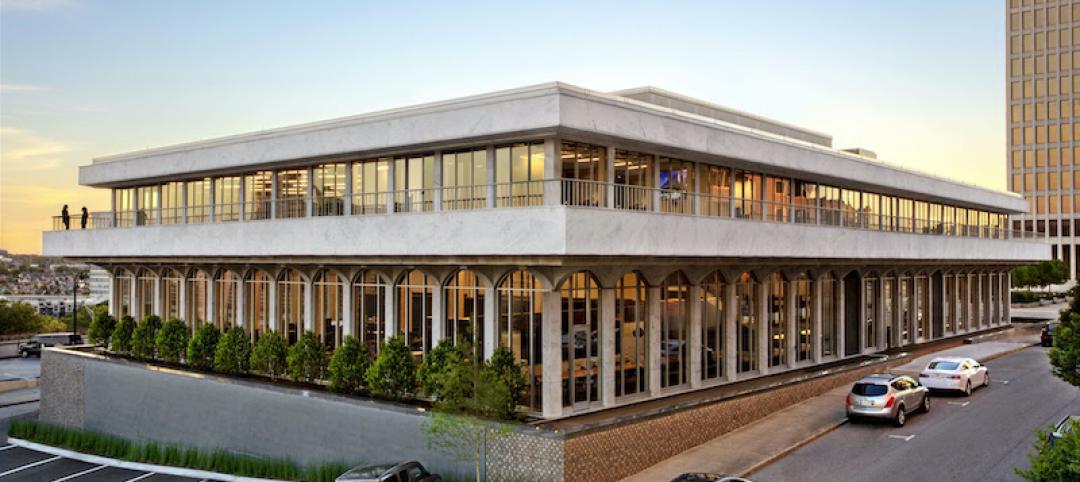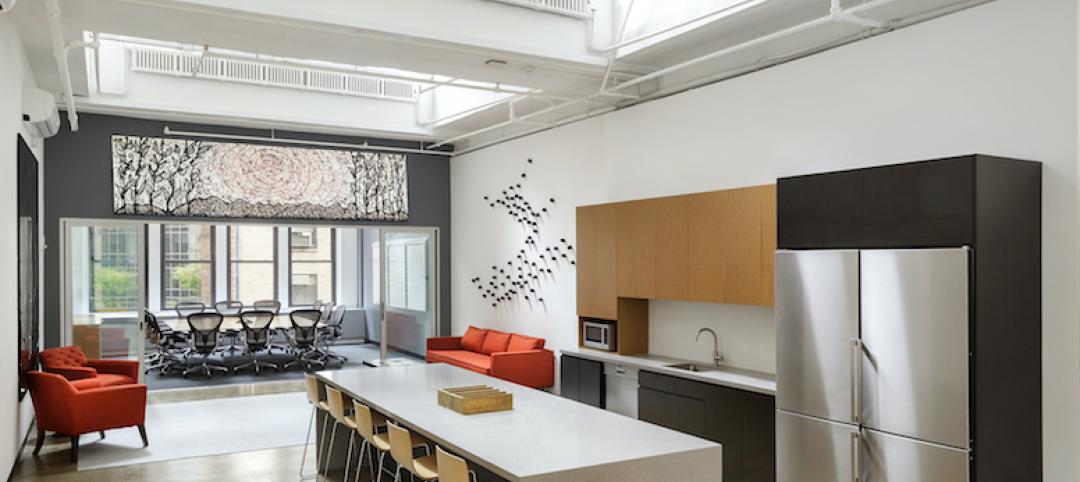In 2020, a record number of cruise ships were decommissioned, sold, or sent to a scrapyard. Due to the sudden freeze in the cruise industry, major cruise corporations reduced their fleet numbers. On top of that, the International Marine Organization changed its emission regulations and required all vessels to reduce their sulfur oxide emissions by 77 percent (IMO). This regulation mandated engines to undergo costly renovations of millions of dollars. With lower passenger capacities, this upgrade was not feasible for many ships.
The rapid increase in cruise ship decommissioning during the last 18 months has created a unique opportunity to innovate and adapt these large ships. By repurposing decommissioned cruise ships for housing in existing port areas, cruise ships could offer an alternative mode of coastal living. This housing alternative can be brought to life by utilizing the overwhelming number of decommissioned ships as a primary housing structure, using semi-permanent docking in existing port areas, and in turn, potentially creating affordable housing.
LOOKING INTO THE FUTURE
There are several ways we can explore docked residential cruise ships. As an example, ships can share ports or periodically move locations instead of having one designated port for the vessel. This idea builds on the increase of remote work that boomed in 2020 due to the COVID-19 pandemic and could attract residents who are not tied to a particular location. As many companies are transitioning to fully remote options for work, this way of living could be attractive to the digital nomad. Another possibility would be allowing residents to sign short-term leases at monthly intervals to reduce the commitment required for those traveling, migratory, or hesitant about a long-term contractual obligation.
While the idea of recycling and repurposing cruise ships may seem outlandish, these ships have the opportunity to bring more affordable housing to the masses while also keeping the ship itself alive. To test this idea, CallisonRTKL conducted an online survey of 362 adults in Miami-Dade County, (Qualtrics) to investigate perceptions from potential residents of this new living concept. The findings strongly supported the proof-of-concept, with respondents expressing (88 percent "yes" or "maybe") interest in living on a repurposed cruise ship. Those expressing the greatest interest are 41-50 years of age, earning at least $100,000 per year, who are single or single with children, and willing to pay $849 (mean) and $4,000 (max) per month.

A NEW ERA FOR DECOMMISSIONED CRUISE SHIPS
There are many considerations architects, designers, and city planners will need to take into account when creating these spaces. A permanently docked residential cruise ship requires infrastructure for fueling, waste management, power, sewer, and other provisions. Large vessel docking and crucial concrete piles necessary for docking add additional costs to the concept. A hurricane evacuation plan is also required for a residential ship and would need to be communicated to future residents before occupation. Potential hurricane damage must be accounted for when planning robust operational systems and investments.
Smaller cruise ships are more suitable for permanent docking as they require less space and dredging. Smaller ships function at a scale similar to a high-rise apartment complex, are less intrusive to the urban planning of a city, and are less likely to block views from land to sea. In terms of location, a docked residential cruise ship is most conveniently located in a body of water that is both deep and passive from wave activity, such as up-river. For example, the Hudson River, where ships are permanently moored, could serve as a great body of water for a docked residential cruise ship.
NEXT STEPS
The above statistics highlight that there is a market for transforming cruise ships into affordable housing. However, it is important to understand the cost implications behind cruise ship repurposing, including costs associated with building new pier infrastructures to be used for decommissioned cruise ships. Additionally, cost estimates must be made for city and federal planning approvals, engineering and design, and interior renovations. Beyond cost, site investigations need to take place to analyze the environmental impacts and reporting of these decommissioned cruise ships. While still in the early stages, it is an exciting idea for decommissioned cruise ships to transform into naturally occurring affordable housing, and the potential for these decommissioned ships is promising.
Related Stories
Adaptive Reuse | Oct 22, 2020
A Los Angeles design firm reimagines urban workplaces, multifamily buildings, and warehouses
Omgivning conjures varieties of adaptive-reuse concepts.
Adaptive Reuse | Jul 29, 2020
Two Indianapolis schools find new digs in a long-dormant factory
Adaptive reuse preserved many of the building’s original features.
Coronavirus | May 18, 2020
Will empty hotels provide an answer for affordable housing shortage?
A Los Angeles-based startup sees the Midwest as most fertile for adaptive reuse.
Adaptive Reuse | Feb 25, 2020
Hastings Architecture creates its new HQ from a former Nashville Public Library building
The building was originally constructed in 1965.
Mixed-Use | Jul 18, 2019
POST Houston mixed-use development will include a five-acre “skylawn”
OMA is designing the project.
Multifamily Housing | Jun 17, 2019
Boston multifamily development combines a historic warehouse with a new, modern addition
The Architectural Team designed the project.
Adaptive Reuse | Jun 11, 2019
The power and possibility of adaptive reuse
Building reuse generally offers greater environmental savings than demolition or new construction.
Adaptive Reuse | Jul 9, 2018
Work, park, live: Inside Cincinnati’s parking garage turned lifestyle hotel
The Summit hotel and conference center is a converted parking garage that was once a factory.
Office Buildings | Jun 6, 2018
Final Cut: Jupiter Entertainment’s new production studio in New York combines office and editing spaces
The project team completed this full-floor renovation in four months.
Adaptive Reuse | Jun 4, 2018
Pop-up retail market on Chicago’s Randolph Street will be made of repurposed shipping containers
Related Midwest will open the market at 725 W. Randolph St. later this week.

















